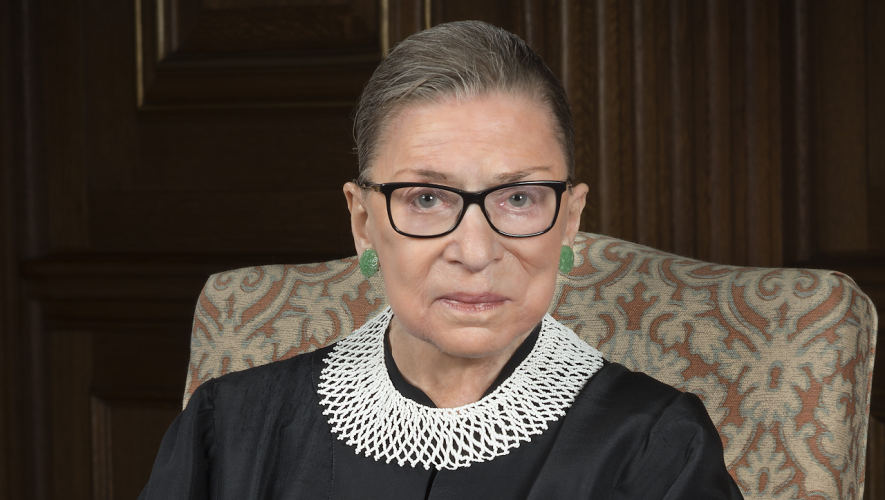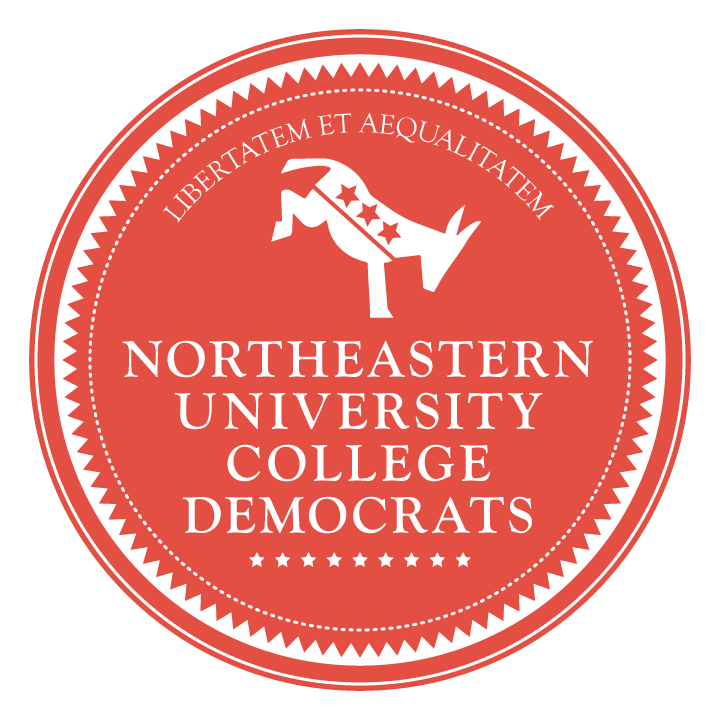For our companion piece about the political ramifications of Ginsburg’s death and the legacy she leaves behind, click here.
In the days before she succumbed to pancreatic cancer, as her strength faded, Ruth Bader Ginsburg told her granddaughter, “My most fervent wish is that I will not be replaced until a new president is installed.”
There is no denying Ginsburg’s place in the pantheon of American feminism. Every sexist roadblock—from employment discrimination to academic ridicule to the Supreme Court’s near universal preference for male justices—was an injustice to be kicked aside in the courtoom.
Her tenacity was undeniable. She beat cancer five times, including pancreatic cancer twice, and maintained a furious working pace even when chemotherapy, radiation, and acute pain threatened to sideline her. A few months ago, she called into oral arguments from her hospital bed.
Ginsburg’s dying wish that President Trump’s successor appoint hers reflects that tenacious feminism. It’s a diminutive giant hoping with her final breaths that her work will be progressed, not undone, after she is gone. In that sense, it’s remarkable.
But it also points to a nasty truth of American politics: that we value the life and death of Supreme Court justices chiefly for political reasons.
This is far from the most toxic pollutant in our politics. It’s not even the most toxic pollutant in the aftermath of Ginsburg’s death, as that prize goes to the rank hypocrisy of Mitch McConnell, Lindsey Graham, and other Senate Republicans in pledging a speedy confirmation of Ginsburg’s replacement, despite refusing Obama’s nominee for Antonin Scalia’s seat in 2016.
But I despise it. There’s something profoundly and chillingly caustic about rooting for or against a person’s death based on the political party of the sitting president. Even if the motivation is to accomplish genuine good for the country, it still reeks of buzzards circling a wounded animal.
This is the inevitable result of affording life tenure to federal judges. Modern Supreme Court justices are taking greater advantage of their tenure, staying longer than any of their predecessors as life expectancy rises. They’re also arriving earlier, as all of the justices confirmed in the twenty-first century were fifty-five or younger. Every new justice is assumed to be game for a quarter-century or so of jurisprudence.
Ginsburg served twenty-seven years. Though her principles and unmatched work ethic certainly propelled her to remain on the bench that long, she clearly felt political pressure to keep her seat. This pressure, apparent when Republicans refused to even consider Merrick Garland in 2016, intensified when Trump took office and appointed two conservative justices. Just last year, Ginsburg remarked that she hoped to serve until age ninety as her colleague John Paul Stevens did, placing her retirement in the middle of the next presidential term.
We may never know for certain whether Ginsburg would have retired a few years ago had Democrats controlled the White House and Senate. But she deserved the option to retire on her own terms and on her own time.
The solution is to limit Supreme Court justices to non-renewable eighteen-year terms, staggered so a seat opens every two years. Each presidential term will include two nominations, so there will be no partisan incentive to delay confirmations.
“I do think that if there were a long term—I don’t know, eighteen, twenty years, something like that, and it [were] fixed—I would say that was fine. In fact, it’d make my life a lot simpler, to tell you the truth.”
– Justice Stephen Breyer, 2016
Although the term limits mean justices are less likely to die in office or retire, some undoubtedly will. That poses a problem if the president has used their two nominations, as it would leave the court shorthanded. To afford flexibility without granting an unfair third pick, the justices’ terms will expire in late September of even years. This reduces the odds of a spot opening after the president exhausts their nominations.
In the same vein, presidents could use a nomination early if a justice dies or retires before their term ends. If so, the eight remaining justices would get two years added to their terms, ensuring that the president won’t have more openings than nominations in their term. Unless multiple justices retire or die in quick succession, the term extensions would be negligible.
There are two ways to implement these rules. Amending the constitution, as was done in 1951 to term-limit the presidency, would be unquestionably permissible. But since doing so requires a two-thirds majority in both houses of Congress and ratification by three-fourths of the states, it would prove exceedingly difficult.
Then there’s the statutory solution. The constitution states that federal judges “hold their offices during good behaviour” and cannot have their salaries diminished during their tenure. The traditional interpretation is that barring impeachment for misconduct, federal judges can hold their posts until they retire or die.
But the constitution does not specify the exact type of judicial work done during a life term, nor does it stop Congress from enacting term limits. Congress could legislate to impose eighteen-year terms, after which justices could either retire or move to lower courts as senior status federal judges. As long as their salaries didn’t decrease, it would be constitutional.
But whatever the method of achieving it, and whatever solution is used to accommodate the justices already serving, the reform is worth it. Justices would have enough time to learn to do the job well, but wouldn’t feel pressured to stay into their twilight years as their energy, health, and mental fitness wane. Presidents could nominate slightly older, more experienced judges without worrying as much about their longevity. The hyper-partisanship surrounding these nominations would relax, as every president would get two nominees per term and each Congress would get one.
And it would free the rest of us from the morbid business of valuing the health and death of human beings for the sake of our political goals. When justices die, we could focus on actually mourning them or respecting others who are mourning, knowing that the political ramifications of the justice’s departure already played out. And we wouldn’t spend time in the aftermath of a justice’s death speculating, as some did this weekend, about whether they should have retired sooner.
Some, including Justice Stephen Breyer, worry that judges without life terms would be looking toward their next job, and that this would affect their rulings. Forgetting for a moment that this worry also applies to presidents and congresspeople—and, for that matter, every American judge not on the Supreme Court—it’s probably a non-issue anyway. For one thing, nothing stops justices from setting themselves up for another job now, as they can legally resign and seek a more lucrative private sector job. For another, Supreme Court justices would keep their $265,000 salaries if they continued to work on lower courts. Besides, most former justices would be old enough by the end of their eighteen years that they wouldn’t be concerned about auditioning for their next job anyway.
“The Framers adopted life tenure at a time when people simply did not live as long as they do now. A judge insulated from the normal currents of life for twenty-five or thirty years was a rarity then, but is becoming commonplace today. Setting a term of, say, fifteen years would ensure that federal judges would not lose all touch with reality through decades of ivory tower existence. It would also provide a more regular and greater degree of turnover among the judges. Both developments would, in my view, be healthy ones.”
– Future Chief Justice John Roberts, 1983
The Supreme Court will never be above politics or party. But the enormous stakes of each open spot incentivize senators and their leadership to upend sensible democratic practices. Term limits can reduce these stakes, ensure a level playing field, and, by boosting turnover, help the court better reflect the public will.
The problem was not that we turned immediately to political considerations when we learned of Ginsburg’s death. The problem was that we were justified in doing it. The ramifications of her departure and replacement were, and are, too great to ignore. The only solution is to put as much distance between death and political gain as possible, to honor Ruth Bader Ginsburg by making her the last justice whose death and legacy are dwarfed by political fallout.



